ROMANIA - Second pillar pensions funds in Romania could see a significant boost to membership in the coming years, according to pension experts, as the government is introducing reforms to cut its budget deficit which include reducing the non-contributory pensions for some public sector workers.
The government is now looking to place all public sector workers, from the agricultural industry, along with judges, MPS, policemen, air traffic controllers as well as military personnel into a new arrangement to which they must contribute, as the cost of providing pensions is already understood to be more than is currently contributed.
While that will hit some workers’ pockets who have never paid before, officials at the Romanian association of private pension funds (APAPR) said it could increase the membership of 2nd pillar schemes as those same workers will automatically be given access to the defined contribution pensions regime, and this could require mandatory contributions depending on the age of the individual.
“It could be another 150,000 people, it could be 250,000, but would be a marked boost of at least 10-15% because some of these people receive higher than average pay,” said Mihai Bobocea, secretary general of APAPR. “But we are not sure exactly as we have had contradictory comments. Some say access will be for the 300,000 ‘special people’ with higher benefits, others say it will be open to everybody.”
How many are likely to use the 2nd pillar regime may be uncertain at this time, but contributions will be sought from public sector members in the future as the Romanian pay-as-you-go scheme ran at a 19% deficit in 1Q 2009, compared with a 4% surplus in 1Q 2008, and the contributions being made are not thought to be enough to subsidise payouts, continued Bobocea.
“We should have a unique pension system that is equal and fair to all, but that is only in theory. My estimation is over 25% have made no contributions whatsoever. And at least 20% are from former agriculture workers of the Communist years, who didn’t contribute at all, but they still receive what is called a pension, paid from the State budget.”
He continued: “The public workers get between 50%-80% of their salary as a pension, sometimes 100%, based on the average of their last three final salaries. But there are no contributions required, so it is very generous.
“We have five million pensions in the public sector system, and 800,000 agricultural workers. And then we have 300,000 special people with really high benefits. If pensions will be calculated in relation to contributions, it brings opportunities for the private pension system because whilst the contributions are to the first pillar, they are automatically linked to the 2nd pillar [private sector pensions system],” he added.
The 2nd pillar pensions regime in Romania was launched in 2007 and is made up of 14 pension fund management companies receiving contributions via private sector employers. The schemes also have boards of trustees, much like occupational regimes elsewhere in Europe, and began receiving contributions in May 2008.
Anyone aged between 25 and 35 is required to contribute to the 2nd pillar, while those aged between 35 and 45 can join voluntarily.
At this stage, however, any further reform to improve the 2nd pillar pensions regime appears to have been put on hold for the time being, as the subject is considered politically-sensitive at least until this autumn’s presidential elections have been cleared.
“They may stop funding for special pensions, but they were planning another 2% increase in public pensions this year, having already raised public pensions by 3% earlier this year,” said Bobocea.
“The average person receives a pension of €165 per month, and this is now 2.6 times higher than it was four years ago. But the pensions budget cannot really afford to pay pensions at this level, and authorities are not even considering alternatives to stimulate private pension savings.
“They froze contributions to the mandatory private pension funds to 2% this year - it should have increased to 2.5% and they are keeping the tax break given for saving in pension funds to €400 a year. But they didn’t get the money from the IMF and World Bank to pay pensions. They are subsidizing public pensions from the state budget and it is very costly. This is the worst conditions have been for 10-15 years,” he added.
The 2nd pillar pensions regime has 4.7 million members who have so far contributed €318m, according to APAPR.
If you have any comments you would like to add to this or any other story, contact Julie Henderson on + 44 (0)20 7261 4602 or email julie.henderson@ipe.com






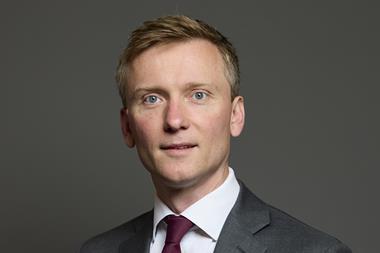
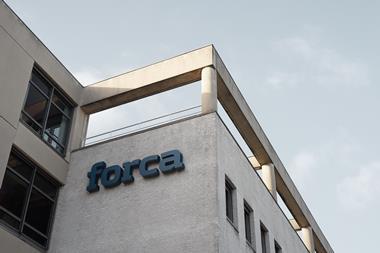

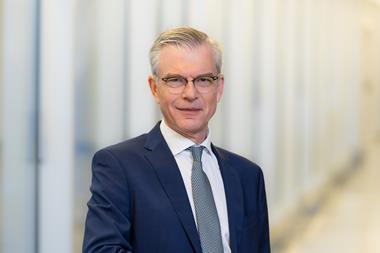
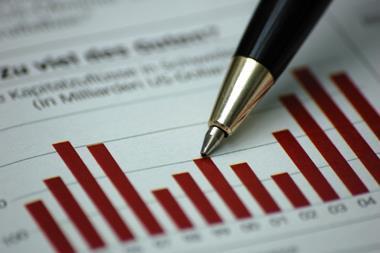
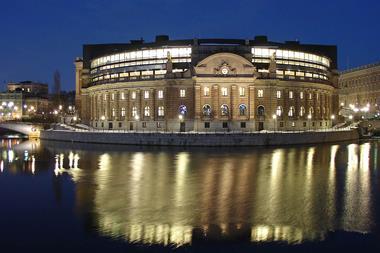
No comments yet